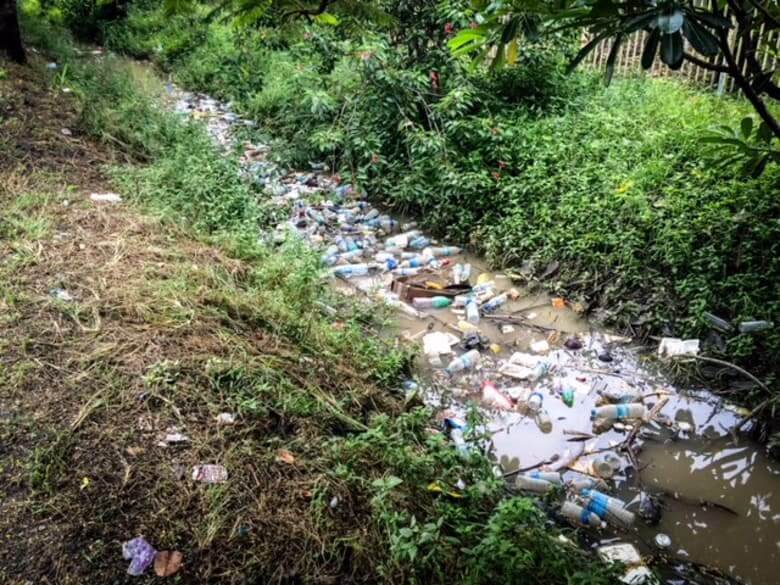Dr. Mazher Mohammed is working on a project with Deakin University and Plan International to use waste plastic and “ecoprinters” to help disaster recovery teams.
The Solomon Islands out in the South Pacific receive tumultuous weather, to say the least. As a result, this developing nation sees many aid and disaster recovery teams working to provide for affected locals.
Currently, one in five Islanders doesn’t have access to safe drinking water due to patchy infrastructure. As well as this, waste plastic is in abundance. However, Dr. Mazher Mohammed wants to use 3D printing to benefit the island and repair infrastructure while also recycling trash.
In January, the island was battered by cyclonic conditions. Caught in the middle of this was Mohammed. “All the stuff around me was just flying around — and I’m holding this printer down as it’s printing out the part we needed to fix the pipe. But a Yorkshire man never worries,” he explains.
Mohammed is working with a small team from Deakin University and charity Plan International. Together, the team is building 3D printers from materials scavenged at local dumps. To then print useful parts for aid workers, Mohammed is using waste plastic found on the island.
He calls this technique “ecoprinting”. However, he jokes that when it’s done in the middle of a cyclone, it should be named “extreme printing”.
Eco-printing in the Solomon Islands
The project’s 3D printers are perfect for repairing waterpipe parts. “When government or charities go and do maintenance in these remote towns, you often get out there and don’t have the specific parts you need in the right sizes. And the travel to these sites, it makes it really expensive. These waterpipe parts have been prohibitively expensive in the Solomons,” Plan’s program manager Tom Rankin explains.
Currently, 3D printers are being used for relief efforts in Haiti and Nepal. However, these projects require specialized plastic to be sent to them. However, Mohammed’s solution uses solar energy and waste plastic, making it a world first.
Mohammed began by improving the water pipe which supplied water to the town of Visale. Originally, locals had used whatever was on hand to create the pipe – this included bamboo, plastic piping and old bike tires. However, due to harsh weather, the water pipe leaked in multiple places.
To improve on this system, Mohammed foraged for as much waste plastic as he could find. The team ground this down to fine pellets which could be fed into the 3D printer. They designed connectors to fit the pipe and began printing.
“We wanted it to be rough and ready, and see if we could do it in real circumstances. You grind the plastic, throw it in the machine, feed it through, and then the printer just takes care of the rest of it,” explains Mohammed.
The team is now working on commercializing the printers for less than $10,000 per unit. They hope to eventually have a built-in library of parts so that it’s simply a case of feeding in the plastic waste and choosing a print.
Source: The Sunday Morning Herald
Website: LINK
